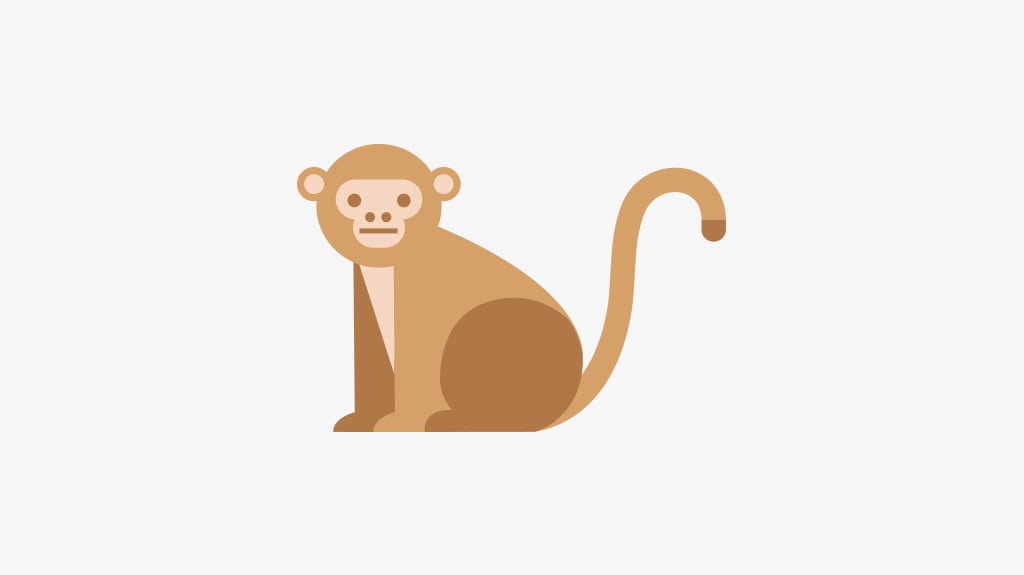May 26th, 2016

At Hatched, we are lucky enough to work with an array of independent individuals and partnerships at such an embryonic stage in their journey as a brand, that we find ourselves involved and ingrained in the business as a whole. From a brand and advertising standpoint, this is fantastic as we are able to understand the thought and business process that has gone into the brand thus far, and explore the reason they exist, and do what they do.
At the same time, we find ourselves almost consulting and hand holding through the early stages of the start-up or project. This can be both a benefit and also a hindrance for an agency. We can end up burning precious hours sitting in on strategy meetings and workshops, often with the outcomes undecided on. From a positive point of view, this means that we are given a chance to get really under the skin of the brand, and take a sneak 360 outlook on the project ahead – either way, these hours need to be billed and paid for.
In this post we’re going to give our thoughts on how to start thinking about executing a brand and marketing strategy. These thought-starters, come from our experience and interaction with start-ups and marketing departments over the last five years since Hatched was… well… hatched. Our hope is that this gives some form of direction for anyone not used to briefing an agency, to ensure that you appoint the right agency or creative partner.
Getting your ducks in a row
Direction and buy-in with all the important stakeholders at the early stages is the most fundamental hurdle that we see brand falling at. What, why and how your business or project exists needs to be the first thing on the agenda. Get this right before you start even thinking about a name, or how fancy your business cards are going to be.
It’s never a quick thing and is always the toughest part, but getting this right at the start builds a foundation from which you’re able to have sensible conversations with partners and agencies around what you are and what you’re offering. These conversions will get the team on the same page – it’s only when everyone’s able to agree to what’s on the table, that you should progress to the next stage.
Scoping – setting your sights
Once your proverbial business ducks are in a row, the fun begins and you’re able to start thinking about the journey ahead and start planning a road map for the foreseeable future. Understanding what you’re going to need at lift off is a sensible first conversation to have. Lots of brands make the mistake of scoping and wanting the world at launch, which can hold things up. Using a phased approach to your initial planning is a sensible place to start. You’re able to plan out what’s required in stages, and assign practical milestones to these phases.
A phased approach will not only give you a clear sense of direction, but help your agency or partner plan a realistic budget and project plan without dropping jaws. It’s important that you’re able to be as clear as possible defining the next phases. However, keeping one line of sight is vital, as through the early stages of a start-up, your outlook and offering may change when delving deeper into your territory. Having flexible approach will be a great comfort in highly stressful moments.
A clear direction, some realistic milestones, and a sensible approach to what’s needed and when, will start to provoke the next conversation poised on the agency’s lips… Budget!
Honesty is the best policy
Unfortunately, not all conversations around budget are easy. Costing creative, and then trying to explain that beautiful thinking and carefully considered design, that will ultimately breathe life into the brand, doesn’t come for free. It can be one of the hardest parts of what we do. At Hatched, we would always try and get this out of the way first. We, like many other agencies, like to know what we are working with. Being honest with your budget from the start will get you honest answers in return. It will give the agency or partner room to scope and plan what’s possible.
As an agency, understanding a clients budget and getting figures on the table from the start sets the tone (and sometimes some goodbyes), as both sides are able to be honest and open to what’s required and if it’s possible. Testing the water and asking agencies to quote on projects takes up time and can often lead to disappointment.
A considered and thought through brief will lay the foundations to finding the perfect agency/client partnership. Starting a project with a fully scoped delivery plan and cost estimate will ensure the agency can concentrate on the best possible creative output and execution.
And for us partnership is the operative word – long gone are the days of client vs agency. The relationship, like any other needs to be built on honesty and trust. Without these two important elements, a partnership will quickly become divided, creating a rift in what should be an organic and collaborative process, in which both client and agency should grow and learn.
The creative process should be exciting, collaborative and never rushed. Taking things slowly and ensuring that the agency has everything possible to deliver the brief on time and within your budget is imperative, although it may take slightly longer than you first thought! It’s very easy to get carried away in an over-excited haze, leaving questions to premature creative work and eventually on the cutting room floor.
Remember, slowly slowly catchee monkey.





